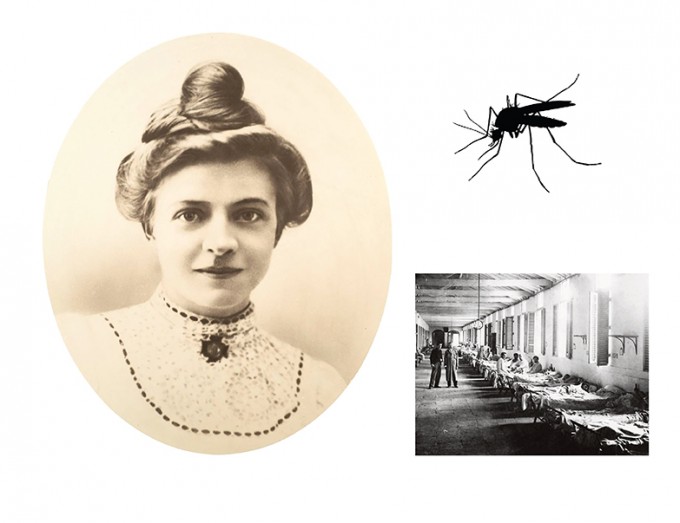Profiles In Nursing
Clara Maass (1876–1901), Nurse Martyr in the Battle Against Yellow Fever
She gave her life in pursuit of a cure

More than a century ago, Clara Maass, the first nurse to have an American medical center named after her, gave her life in the battle against a terrifying infectious disease: yellow fever. Before there were research ethics, human subject policies or review boards, there was Clara Maass.
The Most Feared Diseases
Every day, nurses make great sacrifices and practice in unprecedented conditions to care for patients with dangerous diseases, both known and unknown. The resilience and strength we see in nurses today confronting the COVID-19 pandemic echoes the heroic example of historical nurses like Clara Maass, who died in the line of duty 120 years ago.
Born in East Orange, N.J., the oldest of 10 siblings, Maass displayed leadership characteristics from the very beginning of her nursing career. After graduating from Newark German Hospital’s Christina Trefz Training School of Nursing in 1895, she quickly rose to the position of head nurse for the hospital.
Much of her short life was spent caring for the sick, a choice she made at every opportunity. She volunteered to serve as a contract nurse in the U.S. Army during the Spanish-American War in 1898, practicing in both the continental U.S. and Cuba.
After the war ended, Maass wrote to the Army surgeon general, asking to be sent across the world to provide care where it was needed most. Her service took her to the Philippines, where she was assigned to many patients ailed by highly infectious conditions. Her resolve never weakened, even in the face of her era’s most feared diseases, including typhoid fever, malaria, smallpox and yellow fever.
Human Trials
Maass’s ultimate contribution to nursing and medical science came in 1901. During her tenure as a contract nurse, many of those Maass treated contracted yellow fever, a highly infectious and lethal disease common in tropical areas. Patients who survived a severe yellow fever infection became immune to the disease, but with case fatality rates of up to 60 percent, the odds of survival were poor.



